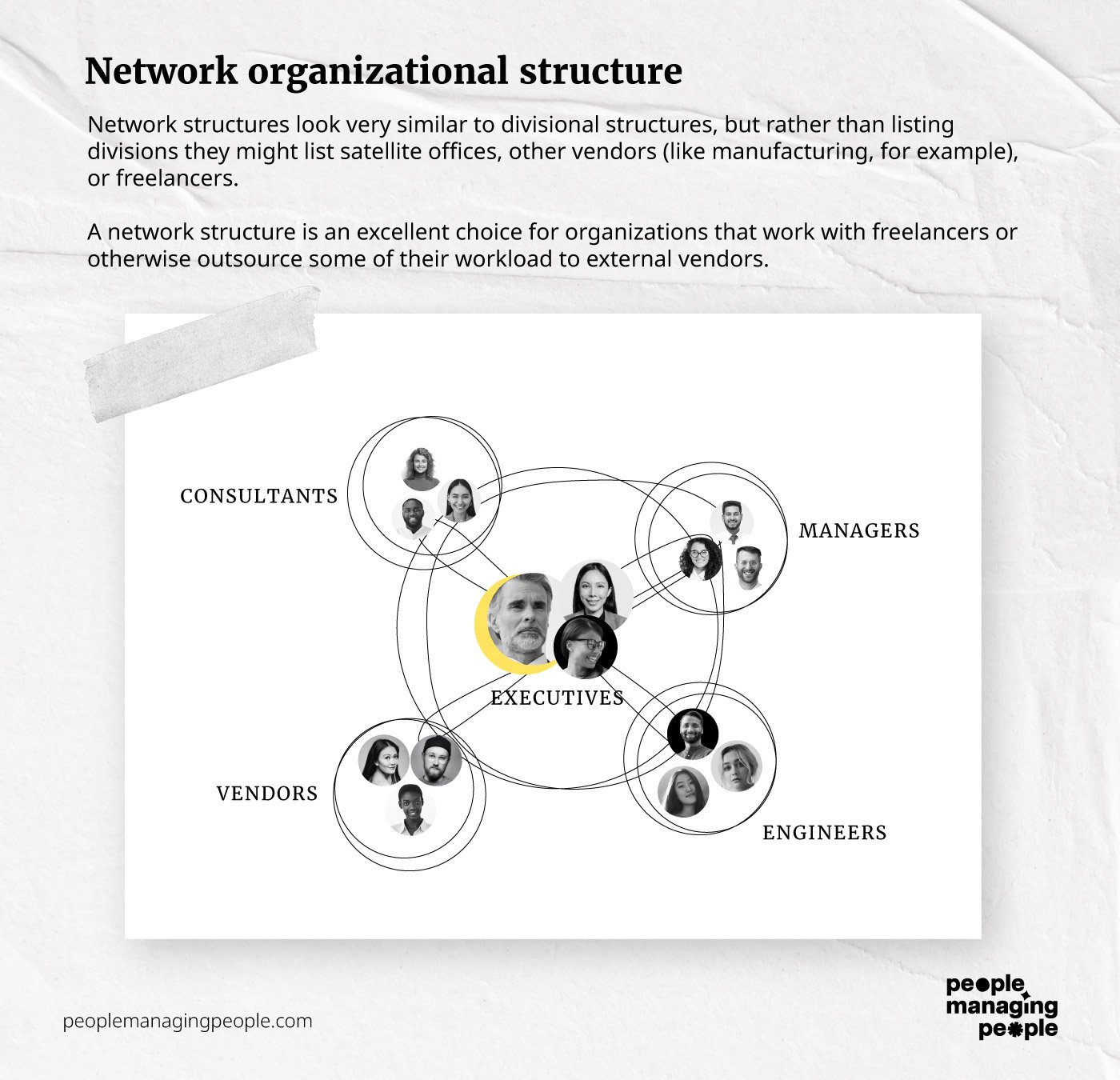Everything about Relational Leadership Essentials
Everything about Relational Leadership Essentials
Blog Article
9 Simple Techniques For Relational Leadership Essentials
Table of ContentsThings about Relational Leadership EssentialsGetting The Relational Leadership Essentials To Work8 Easy Facts About Relational Leadership Essentials ExplainedThe Main Principles Of Relational Leadership Essentials 8 Easy Facts About Relational Leadership Essentials DescribedAll about Relational Leadership Essentials
As more business adopt distributed labor force practices, joint, transparent, and adaptable frameworks will play an essential function in success. Understanding that a matrix framework's flexibility supports agile groups, promotes interaction, and values cross-collaboration, it's time to choose if your organization needs renovation in these areas. If so, transitioning to a matrix structure may be a solid move in the best directionFor example, if your social networks advertising and marketing division recognizes an untapped customer base, your framework must make it easy for the head of that division to connect this discovery to senior monitoring and the sales group. This can be real even if you have a top-down framework in which authority relaxes in the hands of your elderly monitoring team.

Relational Leadership Essentials - The Facts
No matter of the sort of organizational structure you choose, there will constantly be a coverage channel that finishes with a last decision manufacturer. In a level structure in which employees are given wide latitude to make pointers and take ownership of their job process, choices are made based on the consensus of employees working in a team.
TASK 1 1. biblical based resources.1: Organizations are established to meet a need, as an example to offer goods or services. Business structures can take many forms. These are affected by elements such as its objective, dimension, and intricacy of the jobs it executes, outside atmosphere and its culture. It's services and products or where its situated likewise determine which structure is finest.
Organizations can be structured in different means: by feature, as an example, procedures, advertising and marketing, finance, fundraising, etc by region by item, for instance, publications, assistance, working as a consultant, shipment in job teams, for instance, client/customer teams. On top of the framework is a bachelor, who has a tiny number of individuals reporting directly to them.
An Unbiased View of Relational Leadership Essentials
Benefits of site hierarchical structures: An ordered structure makes use of clear reporting lines. It is very easy to see what each group is called, the amount of people there remain in each team and just how they associate with various other people in the system. Downsides of hierarchical structures: People can really feel embeded a 'silo' and miss out on opportunities for co-operation, both on their own and the organisation.
There are fewer levels in the flat structure organisation. In this instance structure, there is one person on top with everybody else reporting right into them on an equivalent degree. Benefits of flat structures: people feel even more engaged and can tackle even more obligation higher interaction far better esprit de corps less bureaucracy and much easier decision making lowerEven teams of children begin to establish a network or informal power structure.
5 Simple Techniques For Relational Leadership Essentials

An organizational structure produces a framework for just how a firm runs, consisting of the department of obligations and authority. Below are the most typical alternative org frameworks in usage: business framework business structure business framework business structure organizational framework business structure business framework You may ask, what is the ideal organizational framework?
The individual at the top has the utmost authority and sets the program and method. The managers develop the strategy and the staff members carry out the plan. Top-down orgs have functioned in an orderly and easy-to-understand power structure for centuries. Everyone has a clear line of reporting and understanding of the hierarchy.
The Of Relational Leadership Essentials
Some have argued that this style of structure is obsoleted, in a globe that is moving so quickly. The view may be excellent from the top, however what regarding the rest of your company? Photo by mirsad mujanovic/ Licensed under Pexels Certificate Benefits of a top-down org framework include: A clear focus on direction and activities Systematized decision-making Duties and obligations are clear Familiar and comfortable process Downsides of a top-down org framework consist of: Staff member have little control or input right into the work item Supervisors might not see voids between assumptions and group capabilities up until it's also late Less independent reasoning at lower levels Low employee interaction and excitement A bottom-up business structure works much in different ways.
Lower-level staff members within a company are provided better authority to address troubles, established instructions, and take on tasks. Instead of technique, ideas, and assignments being handed down from the top, concepts and understandings are created at the base and circulation upwards in the bottom-up org structure.
See This Report on Relational Leadership Essentials
While employing the very same concepts as the top-down frameworks, it additionally delegates responsibility and authority to supervisors. The majority of often used in large firms, duties might be split into divisions or units which managers look after and establish method in their respective locations. Subordinate managers produce the execution technique and lower-level workers are designated jobs.
Report this page